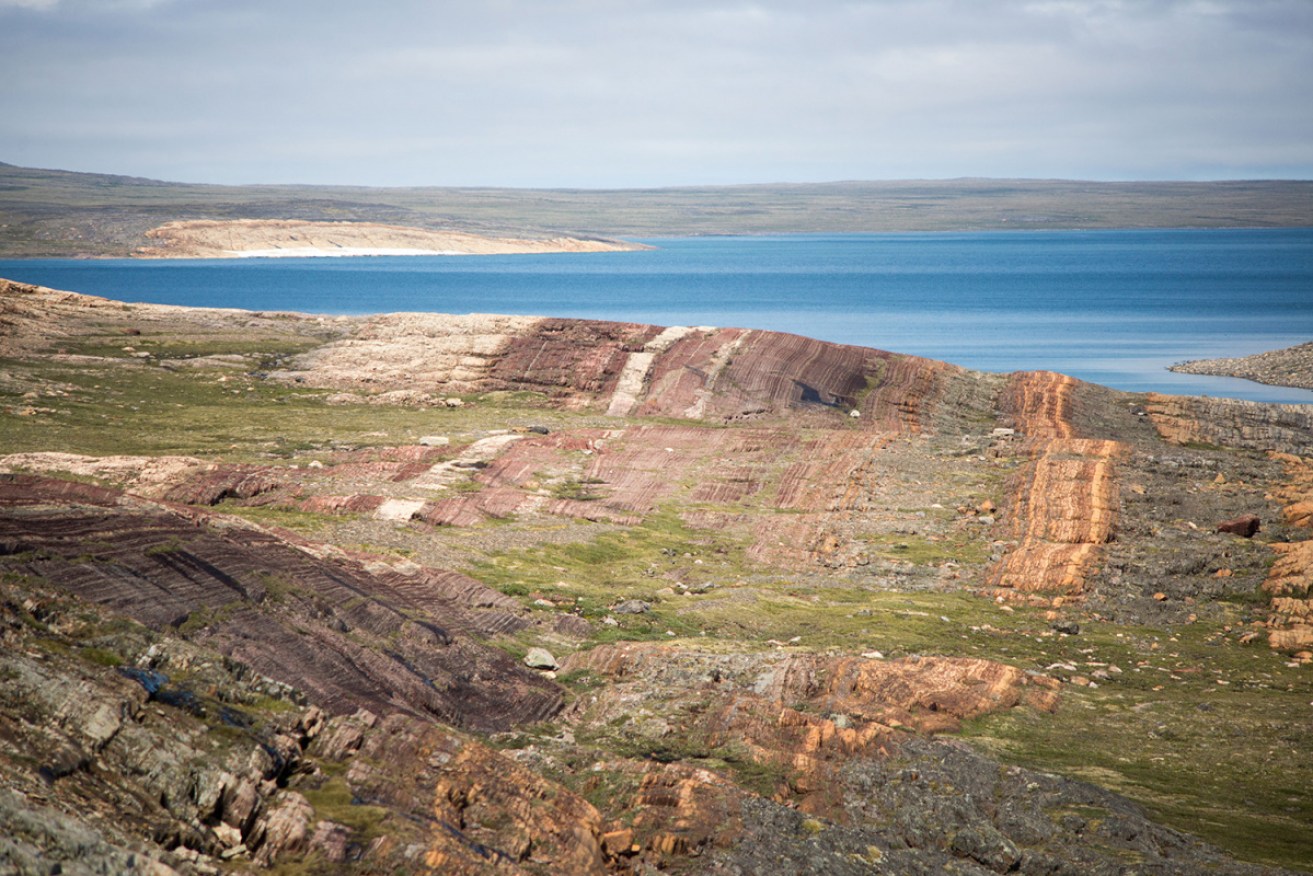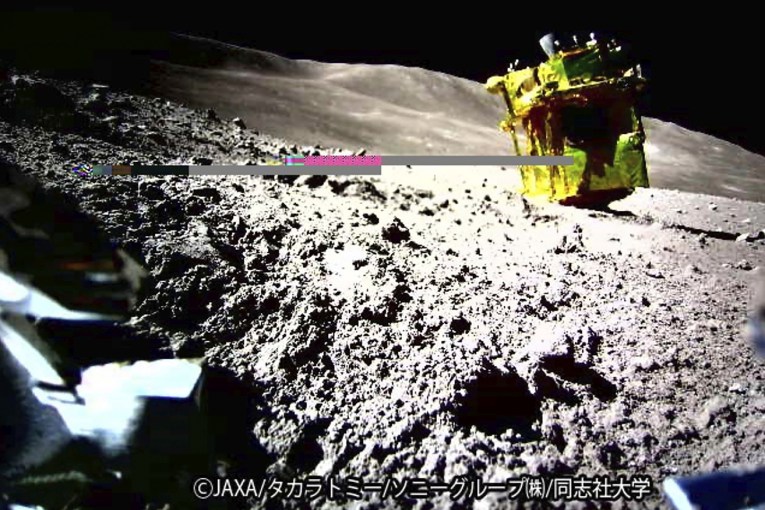Long before dinosaurs, virtually all life on Earth was wiped off the face of the planet


These rocks might look boring, but they tell of a bigger apocalypse than the death of the dinosaurs. Photo: Malcolm Hodgskiss
New evidence suggests that starvation trumps an asteroid hit – when it comes to wiping out life on Earth.
The 10-kilometre wide rock that crashed into the Gulf of Mexico 66 million years ago, not only killed off the dinosaurs, it wiped out more than 75 per cent of all animals and plants on Earth. A pretty good effort.
But now scientists from Stanford University have found evidence that an even bigger loss occurred 2.05 billion years ago – when up to 99.5 per cent of all life died out after a sudden collapse in oxygen levels in the atmosphere.

Asteroids are nothing to sneeze at in terms of wiping out life. But they come a poor second to greed. Photo: Getty
There are no fossils of tortured creatures to support this theory – because the kind of life thriving back then was tiny, microorganisms easily obliterated by geologic forces.
Still, these small beings, notably marine microbes known as cyanobacteria, were instrumental in stabilising and enriching the Earth’s atmosphere – such that more sophisticated forms of life were eventually able to evolve.
The story goes like this: about 2.4 billion years ago, oxygen was scarce, certainly as a free-floating gas – most of it was trapped in minerals or water.
Cyanobacteria had already existed for at least a billion years, and may have had the ocean to themselves. Then, climatic conditions allowed them to thrive – and, via photosynthesis, they processed sunlight to liberate oxygen into the unfriendly atmosphere.
The oxygen levels were further boosted by the weathering of rocks.

Cyanobacteria are more than a pretty face. They first pumped Earth’s barren atmosphere with oxygen. Later they were key to the evolution of plants. Photo: Kenyon College
This led to what is known as the Great Oxidation Event, when the air grew rich, and life thrived and diversified. But it may have been a case of too much too soon – a theory known as the “oxygen overshoot”.
According to this theory, the boon in atmospheric oxygen eventually waned as the cyanobacteria exhausted their nutrient supply, largely phosphorous, in the ocean and became less abundant.
When the oxygen collapsed, so did virtually all life.
The new evidence for this theory was found in rocks from the Belcher Islands in Hudson Bay, Canada, where Stanford University doctoral candidate Malcolm Hodgskiss collected barite samples dating 2.02 to 1.87 billion years old.
Barite is a mineral consisting of barium sulfate that records the history of oxygen in the atmosphere.
According to a statement from Stanford university, those samples revealed that Earth indeed experienced huge changes to its biosphere – the part of the planet occupied by living organisms – ending with an enormous drop in life approximately 2.05 billion years ago that may also be linked to declining oxygen levels.
“This shows that even when biology on Earth is comprised entirely of microbes, you can still have what could be considered an enormous die-off event that otherwise is not recorded in the fossil record,” said Malcolm Hodgskiss, co-lead author of a new study published in Proceedings of the National Academy of Sciences.
“The fact that this geochemical signature was preserved was very surprising. What was especially unusual about these barites is that they clearly had a complex history.”
Looking at the Earth’s productivity through ancient history provides a glimpse into how life is likely to behave over its entire existence – in addition to informing observations of atmospheres on planets outside our solar system.
As for cyanobacteria, they came back from the brink of winking out.
Usually unicellular, they often string together in colonies big enough to see with the naked eye. They are celebrated for being the “architects of the earth’s atmosphere” and are the oldest known fossils, at more than 3.5 billion years.
As a tribute page at University of California Berkeley observes: “The other great contribution of the cyanobacteria is the origin of plants. The chloroplast with which plants make food for themselves is actually a cyanobacterium living within the plant’s cells.”








